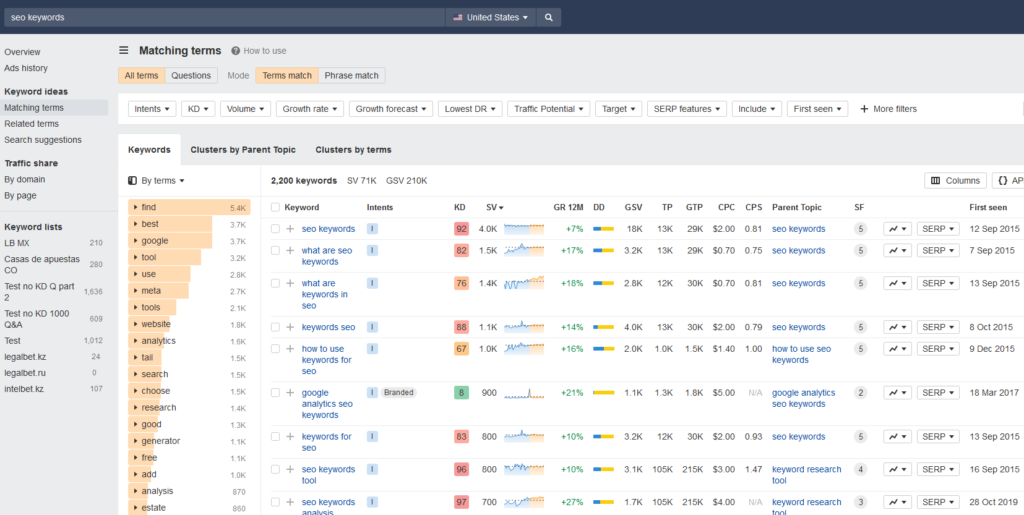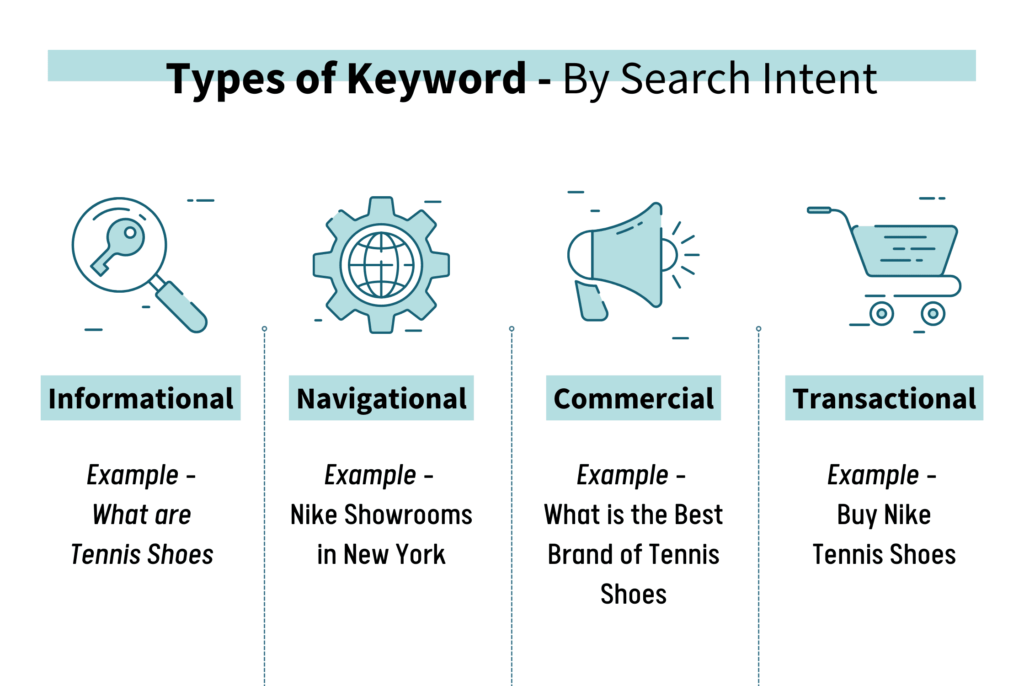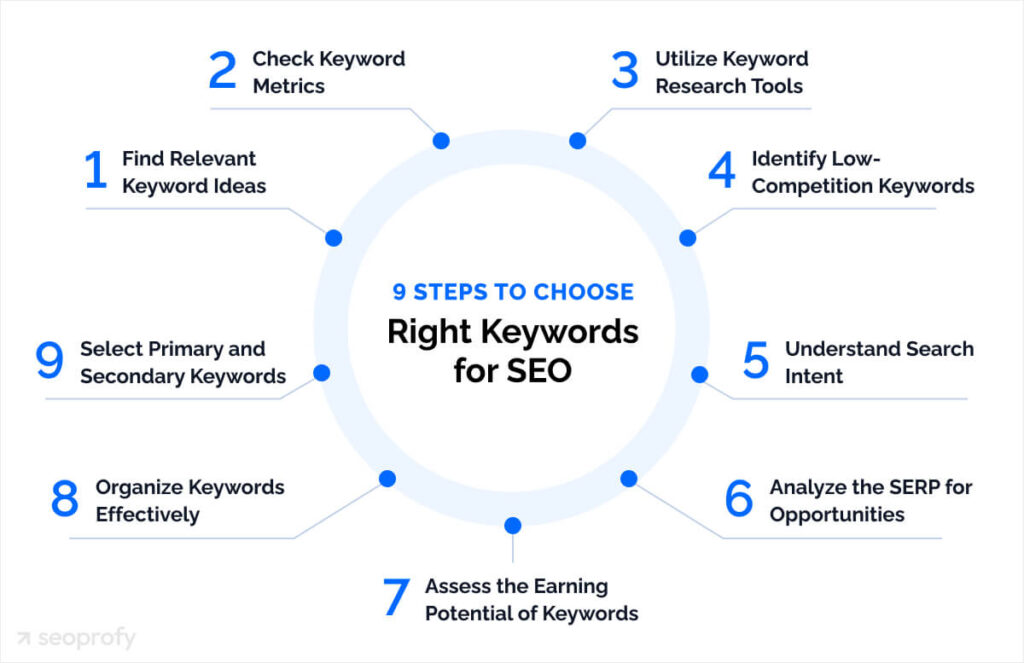Search engine optimization (SEO) is a cornerstone of digital marketing, and keywords play a crucial role in driving traffic to your website. However, a common question among professionals and beginners alike is: how many SEO keywords should you use? This article explores this topic comprehensively, providing clear guidelines and strategies to help you maximize the effectiveness of your SEO efforts.
Suggested Headlines
- “Decoding SEO: How Many Keywords Should You Target?”
- “Optimal Keyword Usage for SEO Success”
- “How Many Keywords Are Too Many? A Guide for SEO Professionals”
- “Strategic Keyword Implementation: Finding the Right Balance”
- “Mastering Keyword Density and Volume in SEO”
Importance of Keywords in SEO

Keywords are the foundation of SEO, bridging the gap between user intent and your website’s content. They inform search engines about the relevance of your content, ultimately determining where your site ranks for specific searches. Optimizing your keyword strategy is essential to improve visibility and attract the right audience.
What Are Keywords?

Keywords are phrases or terms that users type into search engines to find information. They range from single words to complex long-tail phrases, each serving distinct purposes:
- Short-tail keywords: Broad terms with high search volume but intense competition (e.g., “shoes”).
- Long-tail keywords: Specific phrases with lower search volume but higher conversion potential (e.g., “best running shoes for women”).
- LSI keywords: Latent semantic indexing terms related to your primary keywords that provide contextual depth.
Understanding the role of different keyword types is critical in determining how many you should use in your content.
Determining the Optimal Number of Keywords
The optimal number of keywords depends on several factors, including content length, purpose, and user intent. Let’s explore these considerations in detail.
Content Length and Keywords

The length of your content directly impacts how many keywords you can naturally incorporate. Longer articles allow for a higher volume of keywords without appearing spammy, while shorter posts require careful keyword placement.
| Content Length | Suggested Number of Keywords |
| Under 500 words | 1-2 primary keywords |
| 500-1,000 words | 2-3 primary keywords |
| 1,000-2,000 words | 3-5 primary keywords |
| Over 2,000 words | 5+ primary keywords |
These numbers are not set in stone but serve as general guidelines. The goal is to maintain readability and avoid over-optimization.
Keyword Density and Frequency
Keyword density refers to the percentage of times a keyword appears relative to the total word count. While there is no strict rule, the recommended density typically falls between 1% and 2%. For instance, in a 1,000-word article, a keyword might appear 10-20 times.
Excessive repetition, known as keyword stuffing, can harm your SEO by triggering penalties from search engines. Instead, focus on natural placement within headings, subheadings, and body text.
Balancing Primary and Secondary Keywords
Effective SEO involves more than just primary keywords. Secondary keywords and LSI keywords enrich your content by addressing related topics, improving its comprehensiveness. For example:
- Primary keyword: “Digital marketing strategies”
- Secondary keywords: “content marketing tips,” “SEO for beginners,” “social media campaigns”
- LSI keywords: “online marketing,” “digital advertising trends,” “marketing tools”
Incorporating 2-3 secondary keywords alongside your primary term can improve your content’s depth and relevance.
Matching User Intent

Keywords should align with the intent behind user searches. Whether the goal is informational, transactional, or navigational, selecting keywords that mirror this intent increases your chances of attracting relevant traffic. For instance:
- Informational intent: “How to optimize a website for SEO”
- Transactional intent: “Buy SEO tools online”
- Navigational intent: “SEMrush official website”
Focusing on intent-driven keywords ensures your content meets audience expectations.
Tools to Help Determine Keyword Volume
Choosing the right number of keywords is easier with the help of specialized tools. Here are a few options:
Google Keyword Planner

This free tool provides data on search volume, competition, and keyword suggestions. Use it to identify high-value terms that align with your strategy.
SEMrush
SEMrush offers in-depth keyword analytics, including difficulty scores and competitor analysis. It helps refine your keyword list based on industry trends.
Ahrefs
Ahrefs excels at backlink and keyword research, providing detailed insights into search volume and related terms.
Moz Keyword Explorer
Moz’s tool highlights keyword opportunities and suggests relevant LSI keywords to enhance your content.
Avoiding Common Keyword Mistakes
Even experienced SEO professionals can fall into traps when selecting and implementing keywords. Here are some pitfalls to avoid:
Over-Optimization
Keyword stuffing or using too many keywords disrupts readability and can lead to penalties. Balance is key.
Ignoring Long-Tail Keywords
Focusing solely on high-competition short-tail terms can limit your success. Long-tail keywords often convert better and face less competition.
Neglecting Keyword Research
Skipping thorough research results in ineffective targeting. Invest time in identifying terms that align with your audience’s needs.
Failing to Monitor Performance
Regularly tracking keyword performance ensures your strategy remains effective. Use analytics tools to measure success and adjust accordingly.
Best Practices for Keyword Usage

To maximize the impact of your SEO efforts, follow these best practices:
- Incorporate Keywords Naturally: Avoid forcing keywords into your content. They should fit seamlessly into sentences.
- Optimize Headings and Subheadings: Place keywords in H1, H2, and H3 tags to enhance relevance and structure.
- Use Synonyms and Variations: Broaden your reach by including alternative terms and synonyms.
- Leverage Internal Linking: Link to related content using keyword-rich anchor text.
- Focus on User Experience: Prioritize readability and engagement over keyword density.
Examples of Keyword Integration
Here’s how to effectively integrate keywords into different parts of your content:
| Section | Example |
| Title | “Top Digital Marketing Strategies for Beginners” |
| Introduction | “Digital marketing strategies are essential…” |
| Subheadings | “How to Choose Effective Marketing Tools” |
| Body Text | “Using content marketing tips, you can…” |
| Conclusion | “These SEO tips will help you achieve success.” |
By strategically placing keywords, you improve both user experience and search engine visibility.
Final Thoughts
The number of keywords you should use depends on your content length, purpose, and target audience. While there are general guidelines, flexibility and adaptability are crucial. Use tools to refine your keyword strategy, avoid common pitfalls, and prioritize quality over quantity. By maintaining a balanced and user-focused approach, you can achieve better SEO results and drive meaningful traffic to your website.
